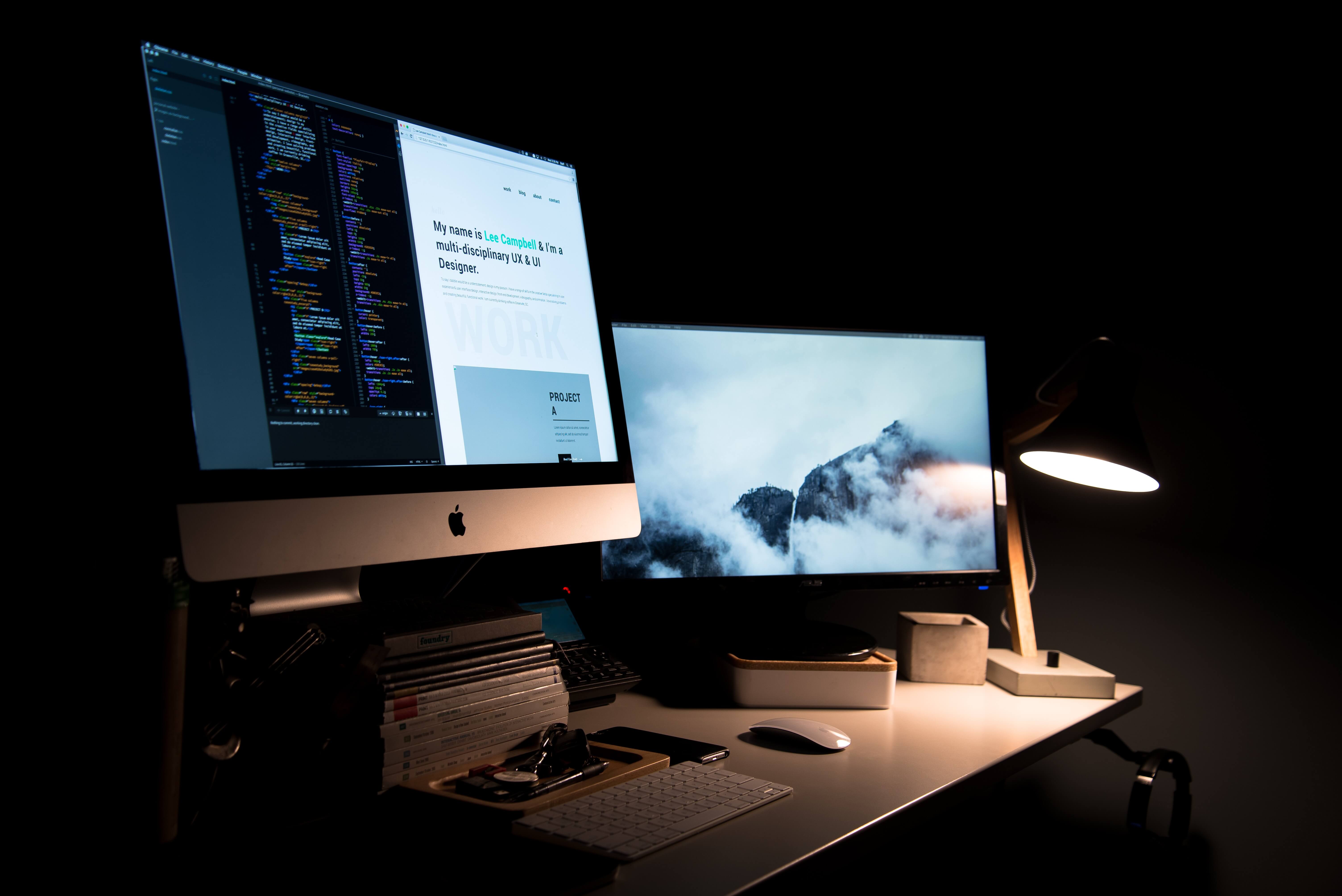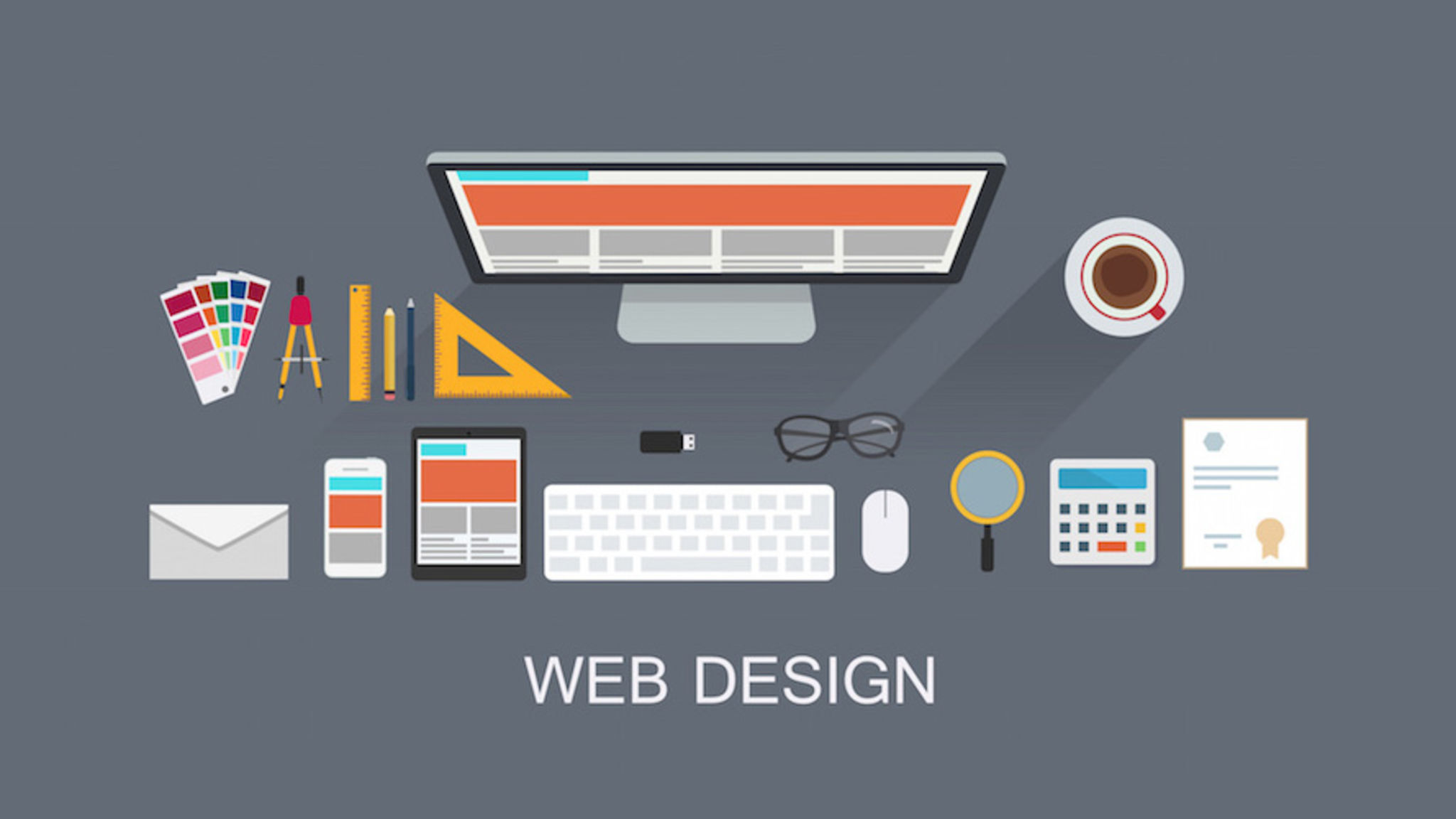All Categories
Featured
Table of Contents
- – Beginner's Guide: How To Learn Web Design At H...
- – Web Design Services - Verizon Small Business ...
- – Design Principles - U.s. Web Design System (U...
- – St Louis Seo Company - St Louis Web Design An...
- – Web Design Scholarship - Nyc Digital Marketin...
- – The Top Ecommerce, Website Design ... - Seatt...
- – Web Design - Entrepreneur Tips and Tricks:
- – Otc Web Design Girdwood, Alaska - Web Design...
- – Web Developers And Digital Designers - Burea...
- – The Leader In Website Design – Squarespace T...
- – Penner Home - Durham Web Design - Penner Web...
Beginner's Guide: How To Learn Web Design At Home - Medium Tips and Tricks:
Quick summary Use and the utility, not the visual style, figure out the success or failure of a website. Because the visitor of the page is the only person who clicks the mouse and therefore decides everything, user-centric style has actually established as a basic method for successful and profit-oriented website design - web design frederick md.
and the energy, not the visual design, figure out the success or failure of a site. Since the visitor of the page is the only person who clicks the mouse and therefore decides whatever, user-centric design has actually become a basic approach for successful and profit-oriented web style. After all, if users can't use a function, it might also not exist.
g. where the search box must be placed) as it has actually already been carried out in a variety of articles; instead we concentrate on the approaches which, utilized correctly, can cause more advanced design choices and simplify the process of viewing presented information. Please observe that you may be thinking about the usability-related articles we have actually published before: Principles Of Great Site Style And Efficient Website Design Guidelines, In order to use the concepts properly we initially require to comprehend how users interact with websites, how they believe and what are the fundamental patterns of users' habits.
Web Design Services - Verizon Small Business Essentials Tips and Tricks:
Visitors glimpse at each brand-new page, scan some of the text, and click on the first link that captures their interest or slightly resembles the important things they're looking for. There are big parts of the page they do not even look at. Most users search for something interesting (or useful) and clickable; as quickly as some appealing candidates are discovered, users click.
If a page provides users with top quality material, they are ready to compromise the material with ads and the style of the website. This is the reason why not-that-well-designed websites with top quality content acquire a great deal of traffic over years. Material is more essential than the style which supports it.

Users do not check out, they scan. Notice how "hot" locations abrupt in the middle of sentences. This is normal for the scanning process. Extremely basic concept: If a website isn't able to fulfill users' expectations, then designer stopped working to get his task done correctly and the business loses money. The higher is the cognitive load and the less user-friendly is the navigation, the more willing are users to leave the site and search for alternatives.
Design Principles - U.s. Web Design System (Uswds) Tips and Tricks:
Neither do they scan website in a linear style, going sequentially from one site area to another one. Rather users satisfice; they choose the very first sensible alternative. As quickly as they find a link that appears like it may result in the objective, there is an extremely great opportunity that it will be immediately clicked.
It doesn't matter to us if we understand how things work, as long as we can use them. If your audience is going to imitate you're developing signboard, then design fantastic signboards." Users desire to have the ability to control their internet browser and rely on the constant information presentation throughout the website.
If the navigation and site architecture aren't user-friendly, the variety of enigma grows and makes it harder for users to comprehend how the system works and how to get from point A to point B. A clear structure, moderate visual clues and quickly recognizable links can assist users to find their path to their aim.
St Louis Seo Company - St Louis Web Design And Internet ... Tips and Tricks:

claims to be "beyond channels, beyond items, beyond distribution". What does it suggest? Since users tend to explore websites according to the "F"-pattern, these 3 statements would be the first elements users will see on the page once it is packed. Although the style itself is easy and intuitive, to understand what the page is about the user requires to browse for the answer.
As soon as you have actually achieved this, you can interact why the system is helpful and how users can benefit from it. Do Not Misuse Users' Persistence, In every task when you are going to provide your visitors some service or tool, attempt to keep your user requirements minimal.
First-time visitors want to, not filling long web forms for an account they might never ever use in the future. Let users explore the site and find your services without forcing them into sharing personal data. It's not reasonable to require users to get in an e-mail address to evaluate the feature.
Web Design Scholarship - Nyc Digital Marketing Agency Tips and Tricks:
And that's what you want your users to feel on your web site. The registration can be done in less than 30 seconds as the kind has horizontal orientation, the user does not even require to scroll the page.
A user registration alone is adequate of an obstacle to user navigation to cut down on inbound traffic. Manage To Focus Users' Attention, As sites offer both fixed and dynamic content, some elements of the user interface draw in attention more than others do.
Focusing users' attention to particular locations of the site with a moderate use of visual elements can help your visitors to get from point A to point B without thinking of how it in fact is expected to be done. The less question marks visitors have, the they have and the more trust they can establish towards the company the site represents.
The Top Ecommerce, Website Design ... - Seattle Tips and Tricks:
Aim For Function Direct exposure, Modern web designs are typically slammed due to their technique of guiding users with visually appealing 1-2-3-done-steps, big buttons with visual effects and so on. From the design viewpoint these aspects really aren't a bad thing.
The website has 9 main navigation choices which show up at the first glance. The option of colors may be too light. is a basic principle of successful user interface style. It doesn't truly matter how this is accomplished. What matters is that the material is well-understood and visitors feel comfy with the way they communicate with the system.
Rather a price: just what visitors are looking for. An optimal option for effective writing is touse brief and concise expressions (come to the point as rapidly as possible), use scannable layout (classify the material, use numerous heading levels, use visual aspects and bulleted lists which break the flow of uniform text blocks), use plain and objective language (a promo does not require to sound like ad; give your users some reasonable and unbiased factor why they should utilize your service or stay on your website)6.
Web Design - Entrepreneur Tips and Tricks:
Users are rarely on a website to take pleasure in the design; in addition, in many cases they are searching for the information regardless of the style - web design frederick md. Make every effort for simplicity rather of complexity. From the visitors' perspective, the finest site design is a pure text, without any advertisements or additional material obstructs matching precisely the inquiry visitors used or the content they've been looking for.
Finch clearly provides the details about the website and offers visitors a choice of options without overcrowding them with unnecessary material. Not just does it assist to for the visitors, but it makes it possible to view the details presented on the screen.
Complex structures are harder to check out, scan, examine and deal with. If you have the option in between separating 2 style sectors by a visible line or by some whitespace, it's typically better to utilize the whitespace option. (Simon's Law): the much better you manage to provide users with a sense of visual hierarchy, the easier your content will be to perceive.
Otc Web Design Girdwood, Alaska - Web Design & Google ... Tips and Tricks:
The same conventions and rules should be applied to all elements.: do the most with the least amount of hints and visual components. Clarity: all components must be created so their significance is not unclear.
Conventions Are Our Pals, Standard design of site components does not result in an uninteresting web website. It would be an use nightmare if all websites had different visual discussion of RSS-feeds.
comprehend what they're anticipating from a site navigation, text structure, search placement etc. A case in point from usability sessions is to translate the page in Japanese (presuming your web users don't understand Japanese, e. g. with Babelfish) and offer your usability testers with a task to discover something in the page of various language.
Web Developers And Digital Designers - Bureau Of Labor ... Tips and Tricks:
Steve Krug recommends that it's much better to, but benefit from conventions when you do not. 10. Test Early, Test Typically, This so-called TETO-principle ought to be applied to every web style job as functionality tests frequently offer into substantial problems and concerns related to an offered design. Test not too late, not too little and not for the incorrect factors.
Some essential points to bear in mind: according to Steve Krug, and screening one user early in the job is much better than screening 50 near the end. Accoring to Boehm's first law, errors are most regular during requirements and design activities and are the more costly the later on they are gotten rid of.
That means that you create something, test it, repair it and then evaluate it again. There may be issues which haven't been discovered during the first round as users were practically obstructed by other issues. use tests. Either you'll be indicated the issues you have or you'll be indicated the lack of major design defects which is in both cases an useful insight for your task.
The Leader In Website Design – Squarespace Tips and Tricks:

This holds for designers. After you've dealt with a website for couple of weeks, you can't observe it from a fresh perspective anymore. You know how it is developed and for that reason you understand exactly how it works you have the knowledge independent testers and visitors of your website wouldn't have.
It can be connected to other locations such as graphic style, user experience, and multimedia arts, however is more aptly seen from a technological viewpoint. It has become a big part of individuals's everyday lives. It is hard to envision the Web without animated graphics, different designs of typography, background, videos and music.

During 1991 to 1993 the Internet was born. Text-only pages might be viewed utilizing an easy line-mode web browser. In 1993 Marc Andreessen and Eric Bina, developed the Mosaic browser. At the time there were several web browsers, however most of them were Unix-based and naturally text heavy. There had actually been no integrated method to graphic design elements such as images or noises.
Penner Home - Durham Web Design - Penner Web Design ... Tips and Tricks:
The W3C was developed in October 1994 to "lead the Internet to its full capacity by establishing common procedures that promote its advancement and ensure its interoperability." This discouraged any one company from monopolizing a propriety web browser and shows language, which might have altered the impact of the Web as a whole.
As this has actually happened the technology of the web has actually likewise moved on. There have actually likewise been substantial changes in the method people utilize and access the web, and this has changed how websites are developed. Because the end of the web browsers wars [] brand-new internet browsers have actually been released. A number of these are open source implying that they tend to have quicker advancement and are more supportive of brand-new requirements.
Learn more about Lovell Media Group LLC or TrainACETable of Contents
- – Beginner's Guide: How To Learn Web Design At H...
- – Web Design Services - Verizon Small Business ...
- – Design Principles - U.s. Web Design System (U...
- – St Louis Seo Company - St Louis Web Design An...
- – Web Design Scholarship - Nyc Digital Marketin...
- – The Top Ecommerce, Website Design ... - Seatt...
- – Web Design - Entrepreneur Tips and Tricks:
- – Otc Web Design Girdwood, Alaska - Web Design...
- – Web Developers And Digital Designers - Burea...
- – The Leader In Website Design – Squarespace T...
- – Penner Home - Durham Web Design - Penner Web...
Latest Posts
10 Good Deeds In Web Design - Nielsen Norman Group Tips and Tricks:
Learning Web Design: A Beginner's Guide To Html, Css ... Tips and Tricks:
Web Design Ledger: Homepage Tips and Tricks:
More
Latest Posts
10 Good Deeds In Web Design - Nielsen Norman Group Tips and Tricks:
Learning Web Design: A Beginner's Guide To Html, Css ... Tips and Tricks:
Web Design Ledger: Homepage Tips and Tricks: